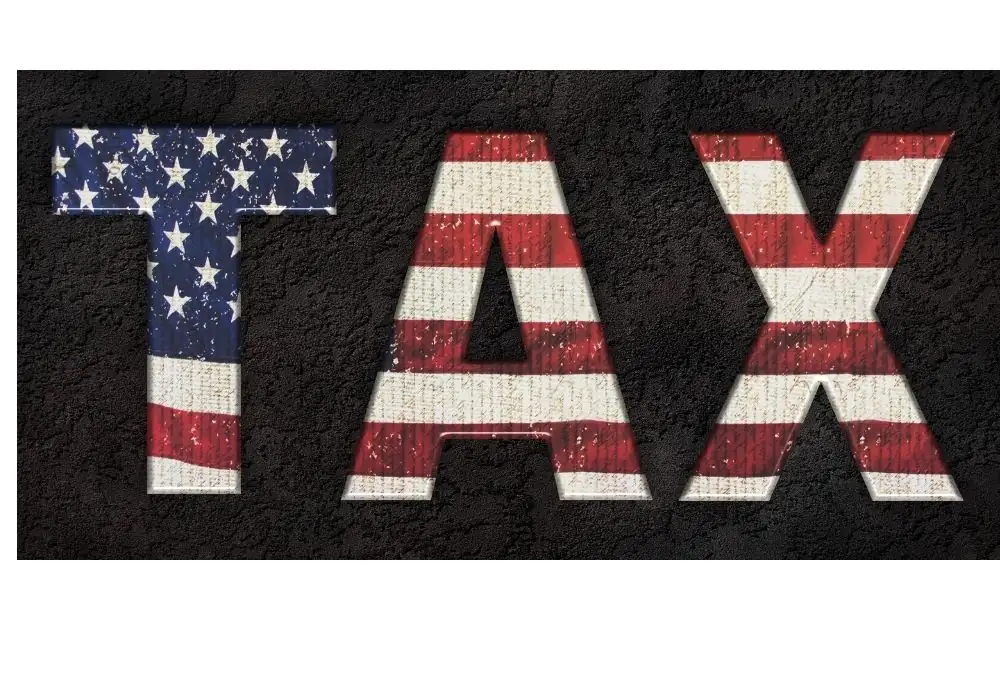Way back in 1913, when the federal income tax first kicked off, it was a pretty simple setup.
Fast forward now, the U.S. tax system has evolved a lot, tweaking rates and rules to keep up with the times.
Big moments like the Tax Reform Act of 1986 and the Tax Cuts and Jobs Act of 2017 shook things up, reshaping brackets and deductions to match the economy’s ups and downs.
Now, for 2025, the IRS is keeping the tradition alive, nudging tax brackets to account for inflation so nobody’s stuck paying more just because prices are climbing.
This guide breaks down the 2025 federal income tax brackets in an easy way, spilling the beans on what single folks, married couples, and heads of households need to know.
On top of that, we’ll be discussing some handy tips on deductions, credits, and navigating tax season without losing your cool.
What Are Tax Brackets? Overview
Think of tax brackets as a set of buckets. Each bucket holds a chunk of your income, and each one gets taxed at a different rate.
The U.S. has a progressive tax system, so the more you earn, the higher the tax rate on your extra dollars.
It’s like climbing a staircase: the higher you go, the steeper the tax rate gets for that part of your income.
Every year, the IRS tweaks these brackets to keep up with inflation. This stops you from getting bumped into a higher bracket just because the cost of groceries or gas went up.
For 2025, the brackets got a slight nudge to match rising costs. Let’s dive into what those look like.
2025 Federal Income Tax Brackets
The IRS sorts tax brackets by filing status: Single, Married Filing Jointly, Married Filing Separately, and Head of Household.
Each status has its own income ranges and tax rates. Here’s the rundown for 2025, based on the latest IRS adjustments.
| Tax Rate | Single | Married Filing Jointly | Head of Household |
|---|---|---|---|
| 10% | Up to $11,925 | Up to $23,850 | Up to $17,000 |
| 12% | $11,925 – $48,475 | $23,850 – $96,950 | $17,000 – $64,850 |
| 22% | $48,475 – $103,350 | $96,950 – $206,700 | $64,850 – $103,350 |
| 24% | $103,350 – $197,300 | $206,700 – $394,600 | $103,350 – $197,300 |
| 32% | $197,300 – $250,525 | $394,600 – $501,050 | $197,300 – $250,525 |
| 35% | $250,525 – $615,350 | $501,055 – $1,230,700 | $250,525 – $615,350 |
| 37% | Over $615,350 | Over $1,230,700 | Over $615,350 |
Source: Internal Revenue Service.
These numbers are for taxable income, not your total paycheck. So, what’s taxable income? Let’s break it down.
Figuring Out Taxable Income
Your taxable income is what’s left after you subtract stuff like deductions and exemptions from your total earnings. For 2025, the standard deduction—the amount you can automatically shave off—got a bump for inflation:
| Filing Status | Standard Deduction |
|---|---|
| Single | $15,750 |
| Married Filing Jointly | $31,500 |
| Head of Household | $23,625 |
These deductions lower the income that the IRS taxes. Say you’re single, earning $60,000, and you take the standard deduction.
Your taxable income is $60,000 – $15,000 = $45,000. That $45,000 gets split between the 12% bracket (up to $33,550) and the 22% bracket (the rest).
You can also itemize deductions—like mortgage interest, charity donations, or big medical bills—if they add up to more than the standard deduction.
Most folks go with the standard deduction because it’s simpler, but if you’ve got major expenses, itemizing might save you more.
How Progressive Taxes Actually Work
The progressive system only taxes the income in each bracket at that bracket’s rate. Let’s say you’re single with $100,000 in taxable income. Here’s how it shakes out:
- First $11,925 at 10% = $1,192.50
- Next $36,550 ($48,475 – $11,926) at 12% = $4,386
- Remaining $51,525 ($100,000 – $48,475) at 22% = $11,335.50
Add it up: $1,192.50 + $4,386 + $11,335.50 = $16,914. That’s your federal income tax before any credits kick in to lower the bill.
Your effective tax rate—the average rate you pay—is usually lower than your top bracket. In this case, $16,914 ÷ $100,000 = 16.91%, even though your highest bracket is 22%. Pretty cool, right?
Credits That Can Save You Money
Tax credits are like coupons for your tax bill—they directly cut what you owe. Here are some big ones for 2025:
- Child Tax Credit: Up to $2,000 per kid under 17, with $1,700 refundable. It starts phasing out at $200,000 for singles or $400,000 for joint filers.
- Earned Income Tax Credit (EITC): A boost for lower- to middle-income folks, this can range from about $600 (no kids) to $8,000 (three or more kids), depending on your situation.
- Saver’s Credit: If you’re saving for retirement in an IRA or 401(k), this credit can give you up to $1,000 ($2,000 for couples) if your income’s on the lower side.
Credits can make a huge difference, especially for families or those scraping by. Always double-check if you qualify, since rules and income limits apply.
Smart Moves for 2025 Taxes
Knowing the brackets is step one. Step two is using that info to keep more money in your pocket. Here’s how:
- Milk deductions and credits: Toss money into a 401(k) or IRA to cut taxable income. See if you qualify for credits like the EITC or Child Tax Credit.
- Tweak your withholding: Use the IRS’s Tax Withholding Estimator to make sure your paycheck isn’t giving too much (or too little) to Uncle Sam. Too much means a big refund but less cash now; too little means a bill later.
- Pick the right filing status: Couples might save by filing jointly, but sometimes, separately is better. Head of Household can be a win for single parents.
- Stay ready for changes: Brackets and deductions shift yearly, so keep an eye on updates to plan ahead.
Frequently Asked Questions (FAQs)
The IRS adjusts for inflation to avoid “bracket creep.” Without this, your raise could push you into a higher bracket even if your buying power stays the same. They use the Consumer Price Index to figure out the tweaks.
Your marginal rate is the tax on your last dollar earned (your top bracket). The effective rate is the average you pay across all your income. Most folks’ effective rate is lower than their marginal rate.
No massive shake-ups are on the horizon, just the usual inflation tweaks to brackets and deductions. But keep an ear out—Congress can always throw in a last-minute curveball.
Selling investments? Long-term gains get taxed at 0%, 15%, or 20%, depending on income. Short-term gains get hit with your regular income tax rate.
Wrapping It Up
Taxes don’t have to be a headache. The 2025 federal income tax brackets are just a roadmap to figure out what you owe.
By knowing your filing status, deductions, and credits, you can take control of your finances and maybe even save a few bucks.
Whether you’re single, married, or raising a family, a little planning goes a long way. Check your withholding, explore credits, and stay updated on IRS changes to keep your wallet happy.







